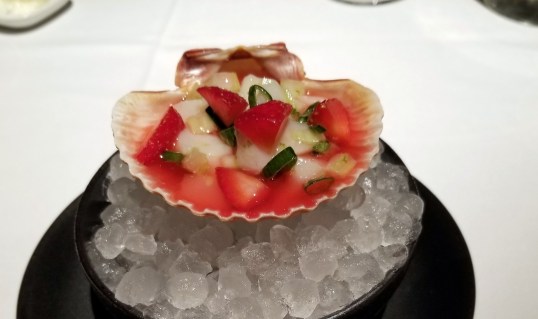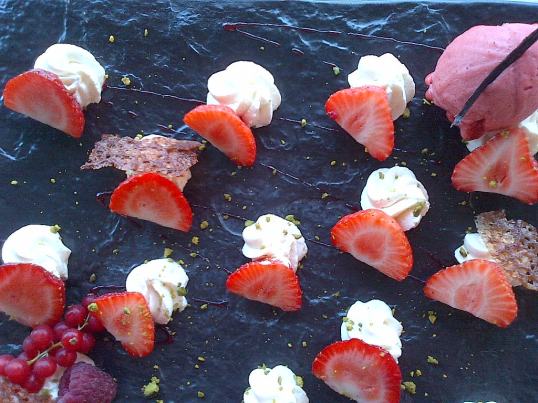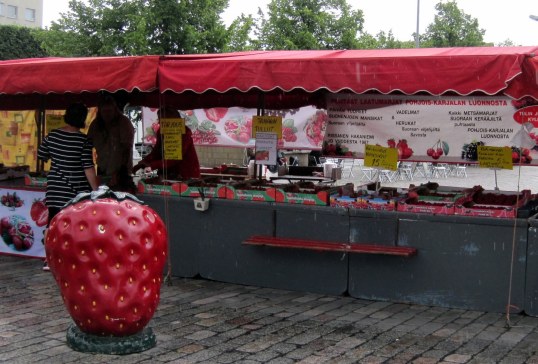Valencia Oranges! Valencia Water?
These are the standard oranges in the United States, the first imported here from Spain, and the “juice” oranges we see in supermarket bags.
You probably have some Valencia oranges or juice in the refrigerator right now.
Valencia, Spain, is still Europe’s largest exporter of citrus. The edifice where this massive export business to America started still stands in Valencia, and is proudly pointed out to tourists on the hop-on bus.
But what about Valencia water? “Agua de Valencia” shows up on menus all over the place, and is not much more expensive in its home city than some fancy “designer” waters in sexy bottles.
No, it is not piped into town from a mountain reservoir, not a parallel to what you get when you ask for good old New York City tap water.
On a recent visit to Valencia, myMEGusta asked a café owner, what it was, apparently a fairly common query among tourists in this lovely seaside city.
“It’s fresh squeezed orange juice with vodka, gin and prosecco, delicioso!”
He was right: This simple cocktail is refreshing and relatively low in alcohol (despite the dashes of two spirits in it), served over ice, normally in a large goblet, although it is also available by the pitcher.
It is also available bottled at the Mercado Central.
Asking for this in a New York bar could be as much as a mine field as ordering a “Martini” at a French café, if only because of the stale orange juice (fresh squeezed hours ago or out of a refrigerator carton) in most places, not to mention the exact balance among the ingredients.
This means that myMEGusta will be investing in a large bag of oranges, experimenting to find the perfect recipe, and may have to line up some tasters to lend their palates to the project!

























































